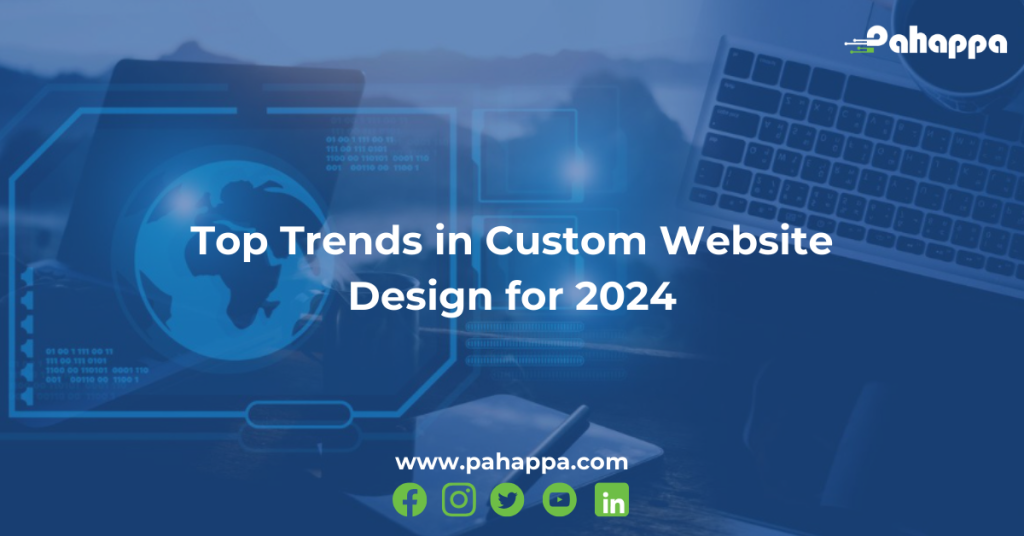Businesses must establish an online presence that can satisfy their customers’ needs considering the growth of eCommerce and the trend toward online shopping. No matter what device their customers are using, an eCommerce website that is optimized for many platforms will help businesses reach a wider audience and offer a seamless purchasing experience. In this article, we will discuss the tips and key features to consider when designing an e-commerce website for multiple platforms.
What does an e-commerce website for Multiple Platforms mean?
An e-commerce website for multiple platforms refers to a website that can be accessed and used on a variety of platforms and devices, such as desktops, laptops, smartphones, tablets, etc. This kind of website offers customers a seamless shopping experience regardless of the device they use to access the site because it is optimized for a variety of screen sizes and devices. Ensuring the website is user-friendly and simple to use across all devices is the goal in order to increase sales and customer satisfaction.
Tips for designing an Ecommerce Website for Multiple Platforms
Responsive design
A responsive design will enable your website to adjust to the different screen sizes of devices, rendering it always simple to use and navigate.
User Experience
When designing an e-commerce website for multiple platforms, user experience should be paramount. Ensure the website is simple to use, with clear calls to action and menus.
Content Management System (CMS)
Using a content management system (CMS), such as WordPress, will make it simple for you to manage and update your website, ensuring that it is always current and runs smoothly across all devices.
Mobile Optimization
When designing an e-commerce website for several platforms, mobile optimization is essential. Ensure that your website has a responsive design, quick load speeds, and is optimized for mobile use.
Payment processing
Check that your website can handle payments safely and quickly on all platforms, including mobile.
Integration with social media
For e-commerce businesses, social media can be a powerful resource. Integrating your website to social networking sites like Facebook, Instagram, and Twitter can expand your audience and boost your business.
Testing
To make sure that your website runs well across all platforms, test it on a variety of devices. This will assist you in finding any errors and fixing them before launching your website.
Features to consider when designing an Ecommerce Website for Multiple Platforms
Responsive Design
Ensuring that a website is responsive is among the most essential aspects of designing an e-commerce site for various platforms. This means that the website should be able to adjust to various screen sizes and resolutions, giving users of computers, tablets, and smartphones the optimum viewing experience. Furthermore, to make it simpler for customers to navigate your website and make purchases, a responsive design will boost your search engine optimization (SEO) and make your website more visible on search engines.
Cross-Browser Functionality
Cross-browser compatibility is a key feature to consider when designing an e-commerce website for various platforms. This means that several browsers, including Google Chrome, Mozilla Firefox, and Microsoft Edge, should be able to use the website without any errors. This will guarantee that clients may use any browser to access your website and make purchases without running into any technical issues.
Payment processing
Any e-commerce website should include payment processing. It’s essential to take client payment alternatives into consideration when designing an e-commerce website for various platforms. This covers well-known payment systems including mobile money, credit cards, PayPal, and Apple Pay. In order to safeguard the sensitive information of your clients, it is also vital to ensure that the payment processing system is secure and Payment Card Industry (PCI) compliant.
User experience
Your e-commerce website’s user experience (UX) is essential to its success. It’s important to emphasize the overall user experience while designing an e-commerce website for various platforms, from the homepage to the purchase process. The website should be simple and clear to use, with call-to-action buttons that are visible and an easy checkout procedure. It should also give users access to relevant information, such as product descriptions, prices, and reviews.
Mobile Optimization
It’s essential to ensure that your e-commerce website is mobile-friendly given the rising popularity of mobile shopping. This includes creating a website that is responsive, mobile-friendly and has a simple purchasing procedure. It’s essential to take into consideration the usage of mobile-specific features to improve your consumers’ overall purchasing experience, such as push notifications and mobile payments.
Website Speed
When designing an e-commerce website for several platforms, site speed is another important feature to consider. Poor user experience caused by a slow-loading website can drive visitors to your competitor’s website. The website’s images and other assets must be optimized, together with the use of a fast and dependable hosting service, to achieve quick site speed.
Having an e-commerce website that works efficiently on multiple platforms is key for any business looking to establish a strong online presence. For more information on how to design an e-commerce for multiple platforms, Contact us today!











